Video Transcript
Did you know that natural gas can be turned into a liquid?
In today’s Two-Minute Tuesday, we’ll be talking about why liquefied natural gas (or LNG) is an important factor in the cost of energy in the US.
Liquefied Natural Gas: Fast Facts
Liquefied natural gas, or LNG, can be exported on ships.
At export terminals, natural gas is cooled to about -260 degrees Fahrenheit, at which point it becomes a liquid. It’s then shipped using special ocean tankers to import terminals. There, LNG is heated and returned to its gaseous state.
Historically, the United Stated imported LNG, so most of our ports are designed to heat LNG to turn it into a gas.
However, recently we’ve seen a rise in shale fracking and an increase in our natural gas production. This led to the opening of the first US LNG export facility in February 2016.
Since then, we’ve added five more export facilities, with more scheduled to come online in the coming years.
Why is Liquefied Natural Gas important?
LNG can affect the price of natural gas both domestically and internationally.
Historically, the price for gas in Europe and Asia has been 80-100% above the cost of gas in the US. This matters because of how it impacts our supply market.
Domestic natural gas producers can get a higher return for their natural gas in the international market versus the US market.
Although we only export a small amount of LNG right now, our exporting capacity could increase because gas producers are driven to capitalize on the market differences. Could this siphoning of supply cause the cost of gas in the US to rise to the level of the international market?
The Future of LNG
The future of LNG exports has a lot riding on the upcoming election. Depending on who wins this contest, the US LNG market could continue to expand or could be cut back. Regardless of the election, LNG exports will continue to influence domestic energy prices for both natural gas and electricity, and its expansion is a factor to watch over the next decade.
Thanks for watching this Two-Minute Tuesday, and look forward to future videos! If you found this video helpful, please like, comment or share below.
Follow us on LinkedIn!

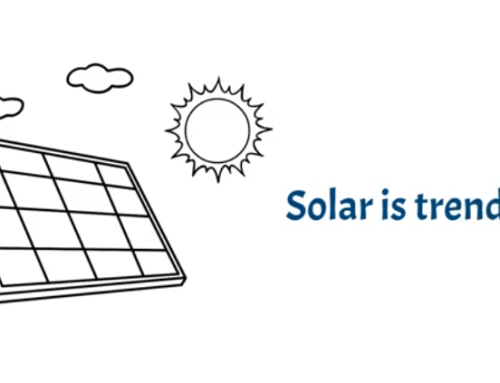

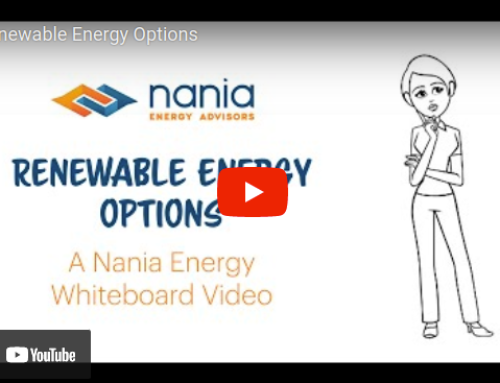


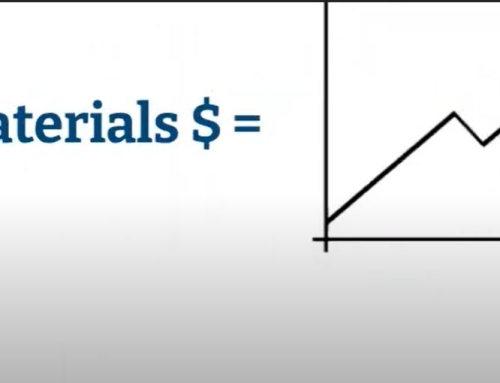
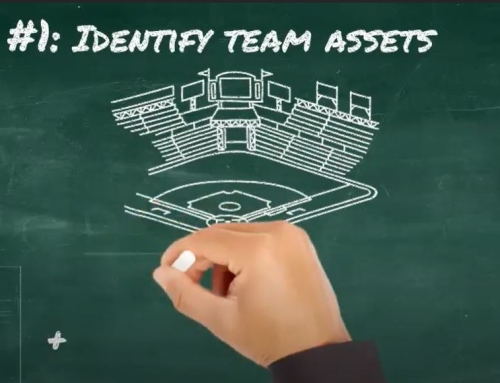
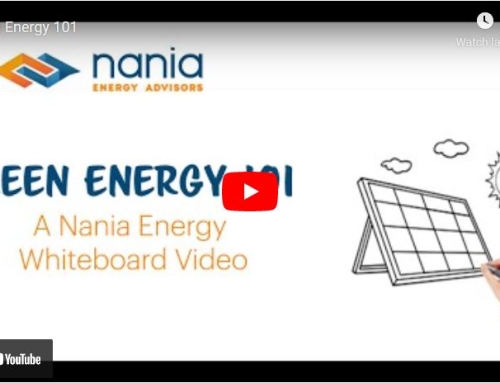
Leave A Comment